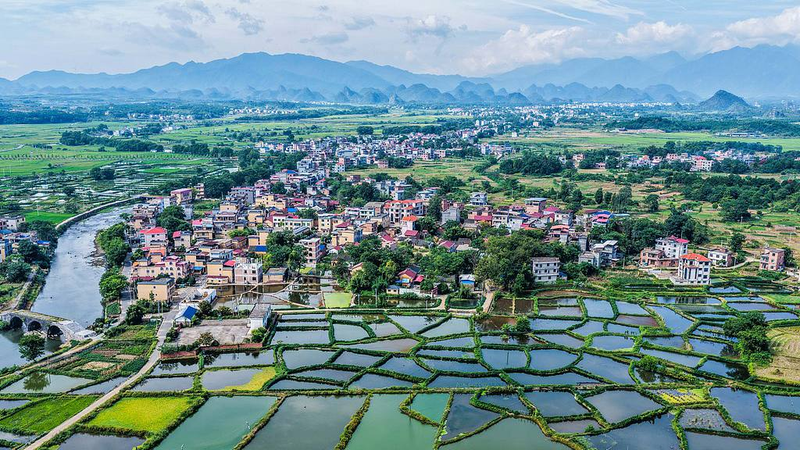Ever imagined 33,000 eco sensors crisscrossing every corner of a country? That dream is now real in the Chinese mainland. Under its 14th Five-Year Plan (2021-2025), the Ministry of Ecology and Environment launched the world’s largest ecological monitoring network, spanning all prefecture-level cities, major river basins and coastal seas nationwide. 🌏
Big data, AI and cloud computing are the secret ingredients powering this upgrade. Manual sampling and slow lab tests are out; instant, real-time data is in. Now policy makers, researchers and students can tap into a live stream of environmental info — think of it as the planet’s own social feed.
Drones are swooping in for water sampling missions, slashing collection times by over 70%. These aerial helpers are a game-changer in remote or hard-to-reach regions, turning days-long treks into quick flyovers. 🚁
Monitoring stations for water and air have also leveled up. Automated sensors and smart diagnostic systems keep instruments in top shape, boosting reliability and cutting downtime. It’s like having 24/7 tech support for our planet.
AI-driven sound recognition adds another layer of tech magic. The system pinpoints whether a noise spike comes from construction sites, road traffic or late-night concerts. This targeted insight helps authorities tune their noise-control strategies and keeps residents chill. 🎶
With this network, the Chinese mainland is stepping up its environmental transparency game. Real-time data means faster responses to pollution events, smarter resource management and richer insights for professionals, entrepreneurs and eco-enthusiasts across Asia and beyond.
As the planet faces more complex challenges, this massive digital transformation proves that sustainability and cutting-edge tech can join forces. Stay tuned—this eco-monitoring revolution could spark the next green breakthrough closer to home. 🌿
Reference(s):
cgtn.com




